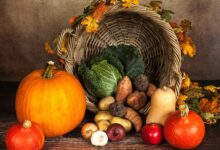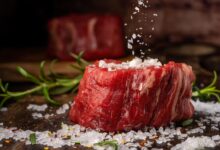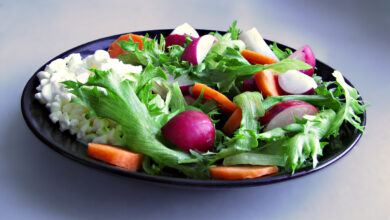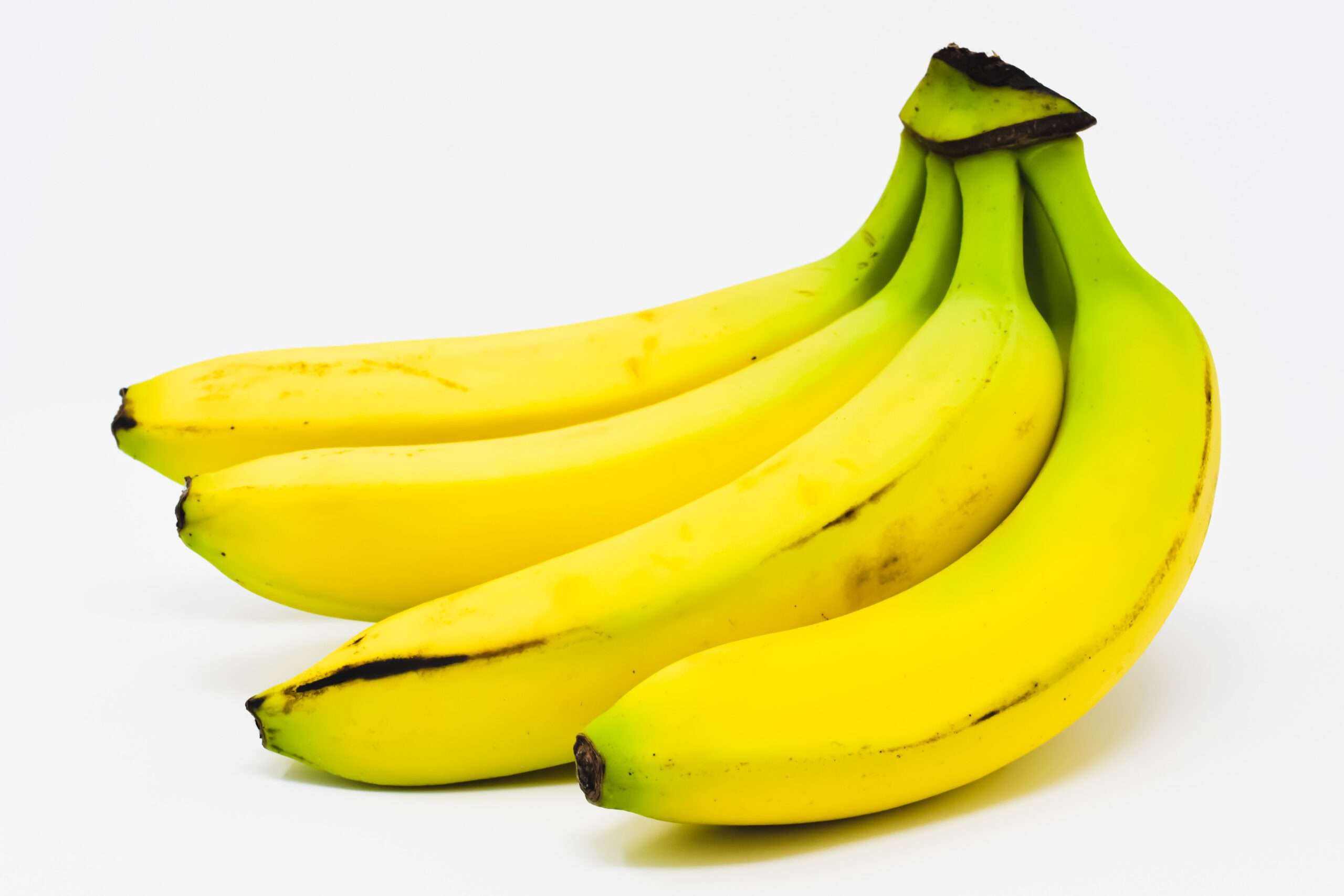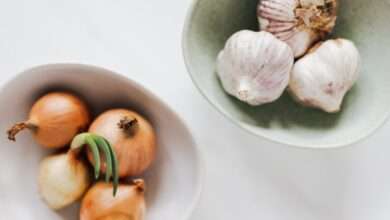
History and anecdotes
A little history
The term “garlic” comes from the Latin allium. It could derive from a Greek word meaning “to spring from”, alluding to the very rapid way in which the bulb divides into several cloves, which literally seem to spring from it. Others think it comes from the Celtic all, which means “spicy”.
Garlic’s center of origin is said to be a wide crescent (the “garlic crescent”) that stretches from the Caspian Sea in the west to the Tian Shan Mountains on the Chinese border. and Kazakhstan to the east. In this vast region, there are about 150 wild species belonging to the genus Allium. On the other hand, the wild ancestor of cultivated garlic (Allium sativum) has not been found.
The oldest writings on its cultivation date from the Sumerians (2,500 BC), but it was consumed long before as a spice or medicine. Known to the Egyptians, Greeks and Romans, it will spread in southern and eastern Europe. It will not know the same glory in the northern countries and in the British Isles, except sometimes as a medicinal plant in the gardens of monasteries.
Transported by sailors who always keep some to protect themselves from epidemics and the evil eye, it will reach the Dominican Republic with Christopher Columbus and will then spread throughout South America and Central America. However, it was not until the 19th century that it arrived in North America, under the influence of Mexican cuisine, which is very fond of it. It will find fertile ground in California, particularly in the Gilroy Valley, where it will be cultivated on a large scale and where it will not hesitate to grant itself the status of “international capital of garlic”.
Did you know ? Shakespeare considered that garlic was not made for nobles and Cervantes recommended not eating onions or garlic at the risk that their smell betrays a deplorable peasant origin. “Stinking rose”, “imprint of Satan’s left foot”, the most vehement qualifiers have never failed to describe it.
A bit of botany
In Quebec, garlic is sown between September 15 and October 15, and harvested in July of the following year. For growing in a border, the ideal spacing is 12 cm by 20 cm. For row cultivation, the plants should be spaced 15 cm apart, and the rows 20 to 25 cm apart. To ensure that the garlic survives the vagaries of winter, it is recommended to cover it with a very thick mulch (dead leaves, straw or old hay). Remove the mulch in April or May to allow the soil to warm and the plants to loosen, then replace it to prevent the emergence of weeds, against which garlic, with its narrow leaves, is defenseless.
To promote bulb growth, the flower stalk of stick garlic varieties will be cut no later than when it has reached 15 cm (around mid-June in southern Quebec). You can let a few flower stalks grow: their unfolding is a spectacle in itself and, moreover, you can harvest the bulbils that will form later at its end to use them as seeds or in food. By the way, it is for the hens, who love it (the bulb and the bulbils), an almost infallible means of reducing the incidence of infectious diseases in the hen house, in particular salmonellosis.
Harvesting takes place from mid-July to mid-August depending on the variety and region, when there are five or six green leaves (out of the original ten) left on the stem. The whole plant, with its leaves and roots, will be hung dry and in the shade for a period of two to four weeks to complete the process of maturation and drying of the bulbs. At harvest time, you must absolutely resist the urge to wash the bulbs, at the risk of hindering the maturation process. Once the bulbs are dry, cut the roots flush and the stems two or three centimeters apart. Set aside the medium-sized pods for seed, making sure they are all very healthy.
Garlic and misconceptions
According to some, brushing your teeth after eating garlic reduces bad breath. In fact, brushing your teeth has no effect on garlic breath, since the characteristic odor comes from the gases released in the breath. mouth when chewing, then in the digestive tract throughout digestion. These gases take at least three hours to be eliminated. The best way to reduce breath a little after eating is to chew parsley, mint or coffee beans. Moreover, according to a garlic lover who was decidedly not lacking in humor, “a five-cent piece may allow you to take the train, but the garlic will guarantee you a seat”.
In the opinion of some good eaters, the only really effective method to avoid annoying those around you with sulphurous breath would be to convince them to eat garlic at the same time as yourself…



